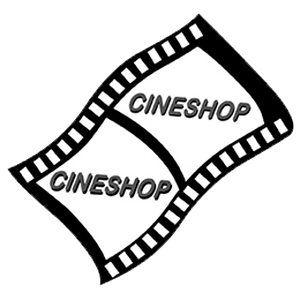For many years, within the live sound community, there was a debate about the benefits and pitfalls of moving from analog mixing boards to digital mixing boards. Purists leaned towards analog while forward thinkers liked the promise that digital had to offer. At this point, while there may still be holdouts who just prefer to work on a traditional board, or venues that haven’t switched because they still have yet to raise the capital to replace their legacy analog systems, digital boards have for the most part been universally accepted and continue to gain wider and wider use.
However, we must remember that there is always new blood learning the science and craft of live sound reinforcement. I myself am in the middle of providing a workshop series to a local high school in order to help them have a better understanding of their audio system. The faculty advisor of the school’s “AV Squad” reached out to me to see if I could come in and provide the students with a crash course on how to properly use their digital mixer, as there were too many instances of feedback, dropouts or just bad sound in general. I asked if the students had any general knowledge in audio and sound production and he confirmed that they did not. I explained that the best course of action would be to first give them a basic understanding of how sound begins at a source (i.e. one’s mouth) and how that sound, through a microphone, then makes it’s way through an entire signal chain until it reaches a listener’s ear after propagating out of a speaker. Ultimately we would take that knowledge and apply it to the system and mixer they had in place at the school. He agreed and the workshop series was booked.
In preparing for the workshop I realized that I needed to show the students the signal chain as the signal passed through all the components of the system and even the different sections of the mixer. Using a digital mixer, especially the one they had in the school, would not provide the best visual understanding. However an analog board is lined up from top to bottom, in exactly the order that the signal is moving. It’s perfectly suited to providing an understanding of what they are doing to the sound as the signal makes it’s way through the chain and, ultimately, how they are manipulating what the listener hears. I brought in a portable 16 channel analog mixer with a handheld mic and a single powered speaker. The students were able to get not only a conceptual understanding of what was taking place but a visual one as well. For the purposes of learning their craft and honing their skills as potential future engineers, starting on or practicing with an analog board is key. They can then work on the school’s digital board in tandem and have a much better understanding of what they’re doing and provide far better results.
The great part about digital mixers is that they are easy to use and provide a lot of flexibility for the user. They also allow for more control over the sound and can incorporate features that can replace racks of gear that would be required when using an analog board. But when you get comfortable using a digital audio mixer, it can sometimes feel like you are interacting with a computer rather than a mixer. Learning and honing one’s craft on an analog board can help to provide even better sound reinforcement results when moving to a digital board.
I realize that this will only feed more of the debate mentioned at the top of this article. But hey, we’re all entitled to our opinions, aren’t we?






